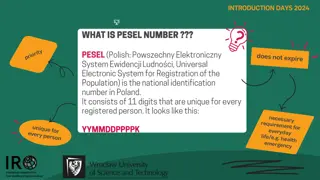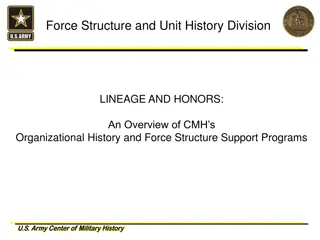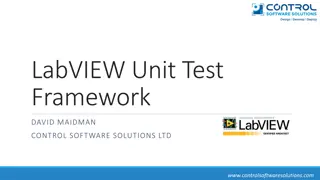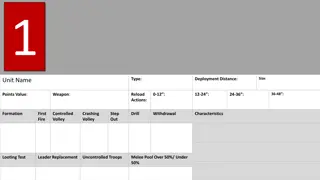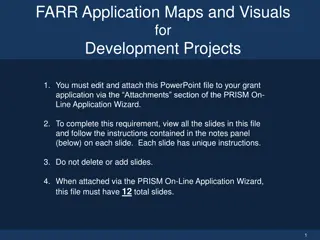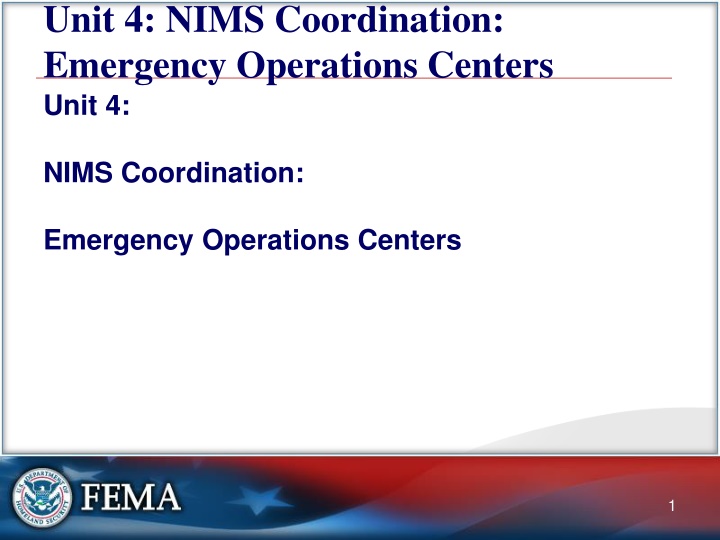
Emergency Operations Centers (EOCs)
Explore the attributes, functions, and benefits of Emergency Operations Centers (EOCs) in coordinating response efforts during emergencies. Discover the organizational structures and the role of Senior Officials/MAC Groups in guiding EOC operations.
Download Presentation

Please find below an Image/Link to download the presentation.
The content on the website is provided AS IS for your information and personal use only. It may not be sold, licensed, or shared on other websites without obtaining consent from the author. If you encounter any issues during the download, it is possible that the publisher has removed the file from their server.
You are allowed to download the files provided on this website for personal or commercial use, subject to the condition that they are used lawfully. All files are the property of their respective owners.
The content on the website is provided AS IS for your information and personal use only. It may not be sold, licensed, or shared on other websites without obtaining consent from the author.
E N D
Presentation Transcript
Unit 4: NIMS Coordination: Emergency Operations Centers Unit 4: NIMS Coordination: Emergency Operations Centers 1
Unit Terminal Objective Explain the attributes and purpose of Emergency Operations Centers. 2
Unit Enabling Objectives Explain the functions and structure of the Emergency Operations Center Explain the direction provided by the Senior Official / MAC Group to the EOC 3
EOC Functions Collecting, analyzing, and sharing information. Supporting resource needs and requests, including allocation and tracking. Coordinating plans and determining current and future needs. Coordinating plans to support the Incident Command. In some cases, providing coordination and policy direction. 6
EOC Organizational Structure While EOCs have common functions, their structure will vary between jurisdictions. Three common EOC organizational models: ICS or ICS-Like Incident Support Model Departmental. Jurisdictions or organizations may choose to use one of these structures, a combination of elements from different structures, or an entirely different structure. 7
EOC Benefits Helps establish a shared situational picture. Simplifies information verification. Facilitates long-term operations. Increases continuity. Provides ready access to all available information. Aids resource identification and use. 8
EOC and the SR Official/ MAC Group Local statutes or delegations of authority may limit an EOC s functions or actions. Example: Monetary spending thresholds A SR Official/ MAC Group may: Authorize additional fiscal resources. Provide operational guidance. Oversee complex incidents. Provide operational or policy guidance. 9
SR Official/MAC Group Guides the EOC The actions a Senior Official or the MAC Group may undertake when an EOC is activated for an incident: Issuing an Initial Policy Statement to the EOC. Delegating appropriate authority to the EOC Director. Issuing an Initial Policy Statement to the EOC. Determining EOC reporting requirements. Determining the Senior Official/MAC Group decision-making process. Identifying fiscal issues and possible parameters for the EOC. Defining strategic level priorities for the incident. 10
Objectives Review What are the functions and structure of the Emergency Operations Center? What direction is provided by the Senior Official / MAC Group to the EOC? 11


